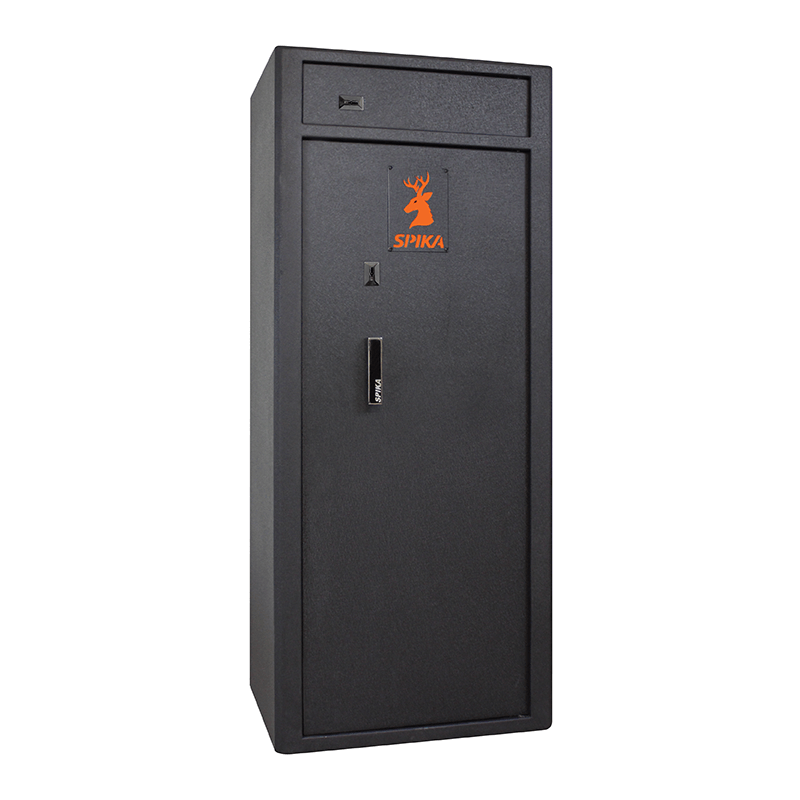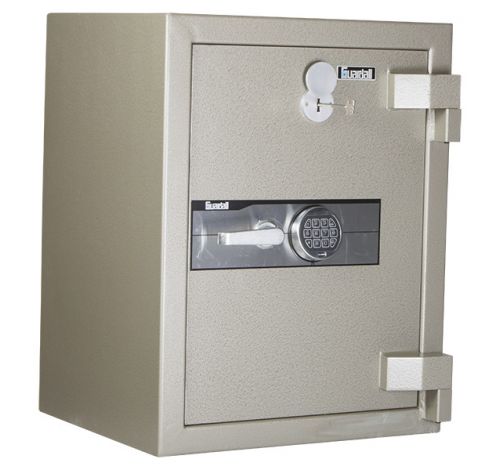Commercial Safes Things To Know Before You Buy
Table of ContentsThe Best Guide To Home Office SafesSome Ideas on Drug Safes You Need To KnowPerth Safe Company - Questions

The is a framework for assisting make decisions about making reliable use of information which is confidential or sensitive. It is mainly utilized to describe or design research study access to statistical information held by government agencies, and by information archives such as the UK Data Service. 2 of the 5 Safes refer to analytical disclosure control, and so the 5 Safes is usually utilized to contrast analytical and non-statistical controls when comparing information management choices.
The combination of the controls leads to 'safe usage'. These are most typically expressed as concerns, for example: Safe jobs Is this usage of the data suitable? Safe people Can the users be depended utilize it in a suitable way? Safe settings Does the gain access to facility limitation unauthorised use? Safe data Is there a disclosure risk in the data itself? Safe outputs Are the statistical results non-disclosive? These measurements are scales, not limitations.
For instance, a public usage file available for open download can not manage who uses it, where or for what purpose, and so all the control (security) must remain in the data itself. In contrast, a file which is only accessed through a safe environment with licensed users can include really delicate information: the non-statistical controls allow the information to be 'unsafe'.
There is no 'order' to the Five Safes, because one is always more vital than the others. However, Ritchie argued that the 'managerial' controls (tasks, individuals, setting) must be dealt with before the 'analytical' controls (information, output). Commercial safes. The Five Safes concept is related to other subjects which established from the very same programme at ONS, although these are not always carried out.

Drug Safes for Dummies
This presentation is constant with the idea of 'information as a residual', in addition to data protection laws of the time which typically characterised information merely as confidential or not anonymous. A comparable concept had already been developed separately in 2001 by Chuck Humphrey of the Canadian gun safes texarkana RDC network, the 'continuum of gain access to'.
The Five Safes was designed in the winter of 2002/2003 by Felix Ritchie at the UK Workplace for National Data (ONS) to describe its protected remote-access Virtual Microdata Laboratory (VML). It was explained at this time as the 'VML Security Model'. This was adopted by the NORC data enclave, and more extensively in the US, as the 'portfolio model' (although this is now likewise utilized to refer to a somewhat different legal/statistical/educational breakdown). deposit boxes.
The initial framework only had 4 safes (projects, individuals, settings and outputs): the framework was utilized to describe highly detailed information gain access to through a secure environment, and so the 'data' dimension was irrelevant. From 2007 onwards, 'safe data' was included as the structure was utilized to an explain a wider variety of ONS activities.
Some discussions, such as the OECD, utilize the term 'protected' rather 'safe'. However, using both these terms can cause presentational problems: less control in a specific dimension could be seen to imply 'hazardous users' or 'insecure settings', for example, which sidetracks from the primary message. Hence, the Australian government utilizes the term "five data sharing concepts".
There is no look at this web-site recommendation to the Five Safes or any associated literature. The Australian version was required to include referrals to the 5 Safes, and provided it as an alternative without comment. The framework has had 3 uses: pedagogical, detailed, and style. The latter is a reasonably current development. The very first significant use of the framework, aside from internal administrative use, was to structure scientist training courses at the UK Office for National Stats from 2003.

Getting My Commercial Safes To Work
Eurostat in 2011). An drug safe space early usage was to assist recognize locations where ONS' still had 'irreducible dangers' in its provision of safe and secure remote access. The structure is mainly used for private social science information. To date it appears to have made little effect on medical research study planning, although it is now included in the revised guidelines on implementing HIPAA regulations in the US, and by Cancer Research UK and the Health Foundation in the UK.
In basic the Five Safes has actually been used to describe solutions post-factum, and to explain/justify options made, however an increasing number of organisations have actually used the structure to create information access options. For instance, the Hellenic Statistical Firm established a data method constructed around the 5 Safes in 2016; the UK Health Structure utilized the Five Safes to create its data management and training programs.
The major design use is in Australia: both the Australian Bureau of Stats and the Australian Department of Social Service used the Five Safes as an ex ante style tool. In 2017 the Australian Productivity Commission advised embracing a variation of the framework to support cross-government information sharing and re-use.